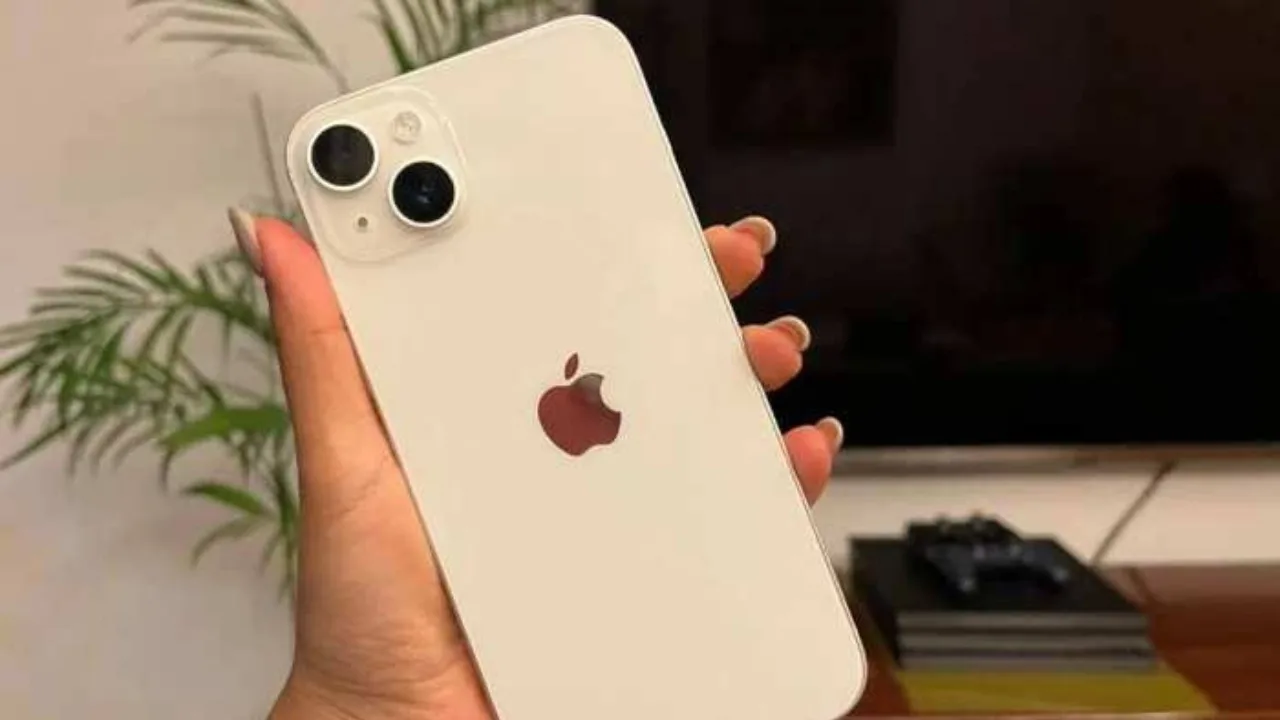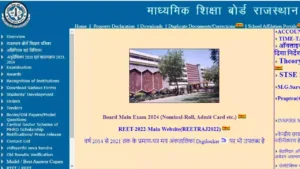Our iPhones are practically extensions of ourselves these days. So, when it takes a tumble or suffers a bump, that sickening feeling of dread sets in. Did the screen survive? While a cracked glass screen is the most obvious culprit, a broken LCD can be trickier to identify. But fear not! Here’s a breakdown of the tell-tale signs that your iPhone’s LCD screen might be kaput.
Cracks and Creaks: The Obvious Indicators
Let’s start with the most apparent damage. If your iPhone’s screen sports a spiderweb of cracks or looks like it went a few rounds with a hammer, there’s a high chance the LCD is toast. You might also hear a faint creaking sound when you press on the screen, which indicates internal damage. In these cases, the touch functionality might be partially or entirely compromised. While a screen protector might offer some peace of mind in the future, it’s best to get your iPhone checked by a professional for repairs.
Display Drama: When the Picture Gets Ugly
A broken LCD can wreak havoc on your iPhone’s display. Here’s what to watch out for:
- Black Spots and Discoloration: Blobs of black or weird splotches of color creeping across your screen are huge red flags.
- Blurry Bits and Rainbow Riot: Is your once-sharp display now a blurry mess? Or maybe it’s decided to throw a psychedelic light show with random rainbow patterns? These are signs of a damaged LCD.
- Lines That Aren’t From Your Drawing App: Vertical or horizontal lines that weren’t drawn by you are a classic symptom of a broken LCD. The lines might be faint or bold, and they can come and go, but their presence indicates trouble.
- A Screen Stuck in Darkness: The worst-case scenario is a screen that refuses to light up at all. This complete blackout signifies a major malfunction in the LCD.
Touchy Situation: When Your Screen Doesn’t Respond
The LCD is responsible for displaying the image, but it works hand-in-hand with the digitizer, which interprets your touches. So, even if the display seems okay, a broken LCD can affect touchscreen responsiveness. Here’s what to check:
- Dead Zones and Unresponsiveness: Certain areas of the screen might refuse to register your touches, making it frustrating to type or navigate apps.
- The Ghostly Touch: Do phantom touches plague your screen, causing apps to open or functions to activate on their own? This spooky phenomenon can also be a sign of a LCD malfunction.
Checking Under the Hood: Tools for iPhone Users (iPhone 11 and Later)
If you have an iPhone 11 or later model (excluding iPhone SE 2nd and 3rd generation) running iOS 15.2 or later, there’s a nifty built-in tool to check your display’s service history. Here’s how to find it:
- Head over to Settings.
- Tap on General.
- Select About.
- Look for the section on Parts and Service History.
Here, you’ll see if your iPhone’s display has been replaced. If it was done using genuine Apple parts and processes, it’ll say “Genuine Apple Part” next to Display. Otherwise, it might indicate a non-genuine or faulty replacement.
Conclusion: Don’t Let a Broken LCD Get You Down
A broken LCD can put a damper on your iPhone experience. But by being aware of the signs and using the built-in tool (if applicable), you can identify the issue and get the necessary repairs done. Remember, timely action can help prevent further damage and get your iPhone back to its glorious, responsive self.














